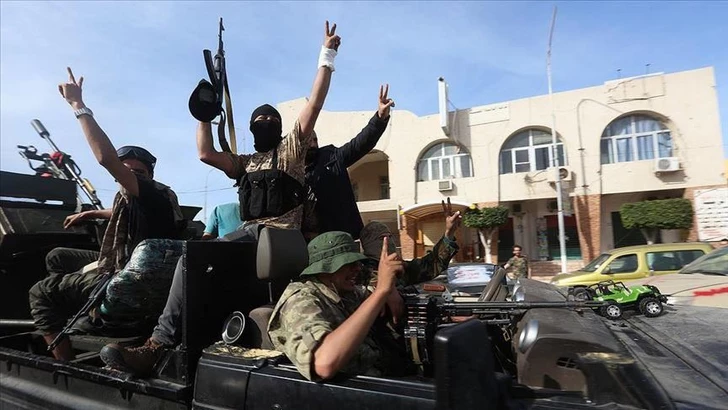Ugur Abdulla, a world-renowned mathematician from Azerbaijan, has proposed a novel mathematical approach that could help detect cancer at an early stage.
Born in Baku into the family of writer Gulhuseyn Huseynoglu, Abdulla showed exceptional talent from a young age – excelling in mathematics, physics, and even sports, becoming Azerbaijan’s freestyle wrestling champion and a member of the national team.
He graduated from Baku State University’s Faculty of Applied Mathematics, earned his Ph.D. at 21, his Doctor of Science degree at 27, and became a full professor at 28.
Abdulla solved a famous open problem posed in 1928 by the legendary Soviet mathematician Andrey Kolmogorov. His breakthrough, published in the paper “Wiener Criterion at Infinity for the Diffusion Equation” in 2008, explores deep links between random and deterministic processes in nature.
“For me, mathematics is a way of seeking absolute truth,” Abdulla said in an interview to Azertac. “Solving Kolmogorov’s problem allowed me to stand on the shoulders of giants like Kolmogorov and Wigner – to look toward infinity in search of understanding.”
Today, Abdulla heads the Division of Analysis and Partial Differential Equations at the Okinawa Institute of Science and Technology (OIST) in Japan, one of Asia’s leading research institutions.
Mathematics Meets Medicine
Among his recent projects is a mathematical model for early cancer detection, combining electrical impedance tomography (EIT) with optimal control theory for partial differential equations.
“By sending weak electric currents through the body and measuring voltage on the surface, we can reconstruct internal conductivity patterns,” Abdulla explained. “Malignant tumors have about twice the conductivity of healthy tissue. Solving the potential equation under optimal control helps locate these abnormalities early.”
He and his team are now working to adapt the method for clinical use in medical centers.
Bridging Science and Azerbaijan
Abdulla, who speaks English, German, Russian, and Japanese, has taught in top universities in the UK, Germany, and the United States. Despite his global career, he says he hopes to one day bring his expertise home.
“I dream of seeing a scientific center in Azerbaijan similar to OIST – a place where curiosity and creativity meet, somewhere in one of the beautiful corners of our country,” he said.










